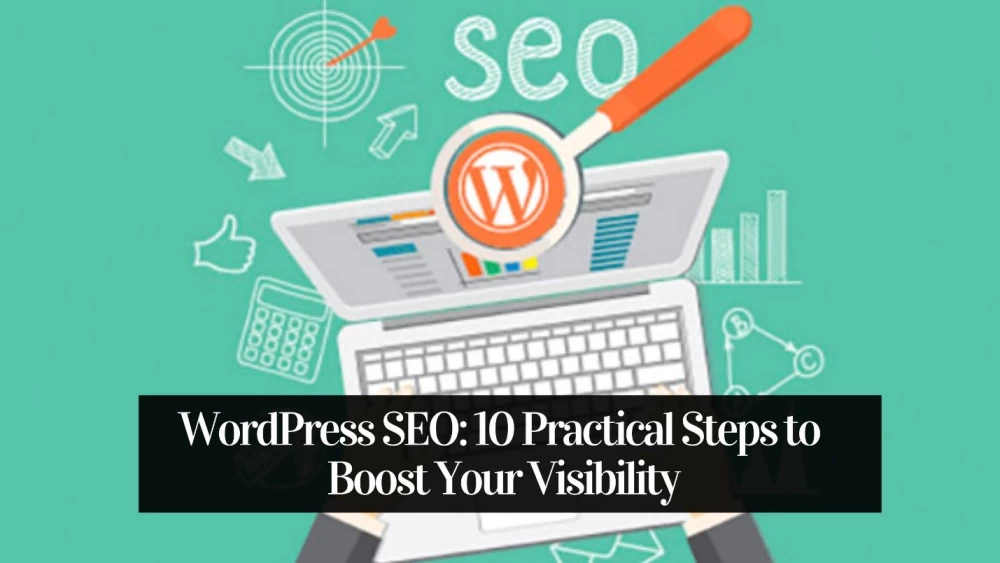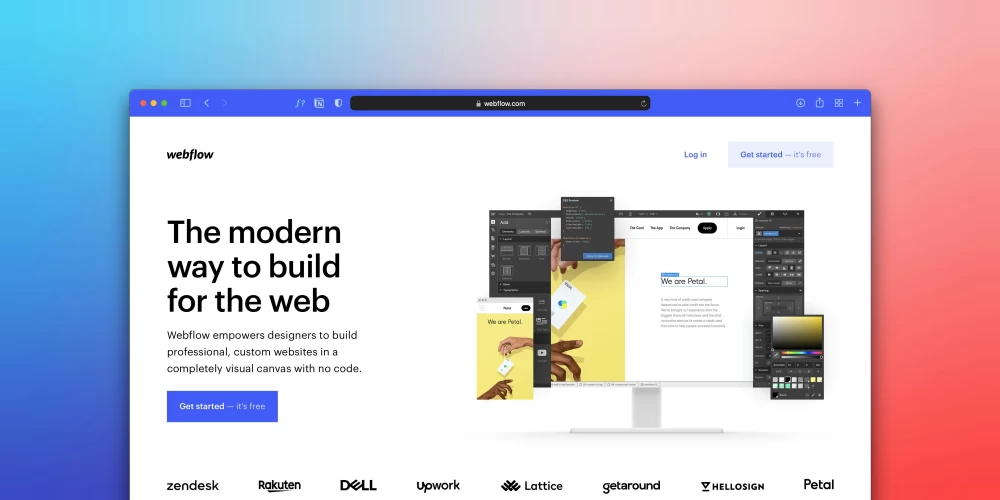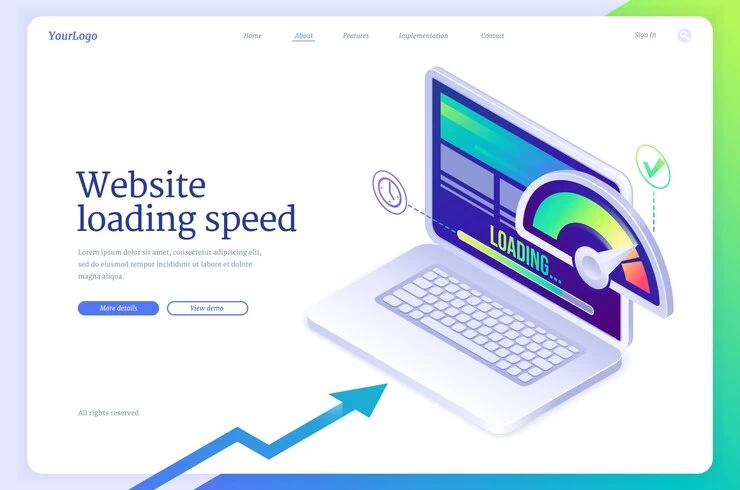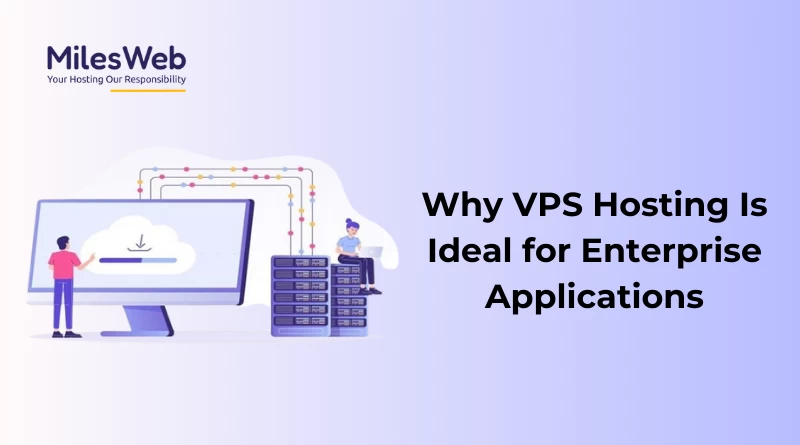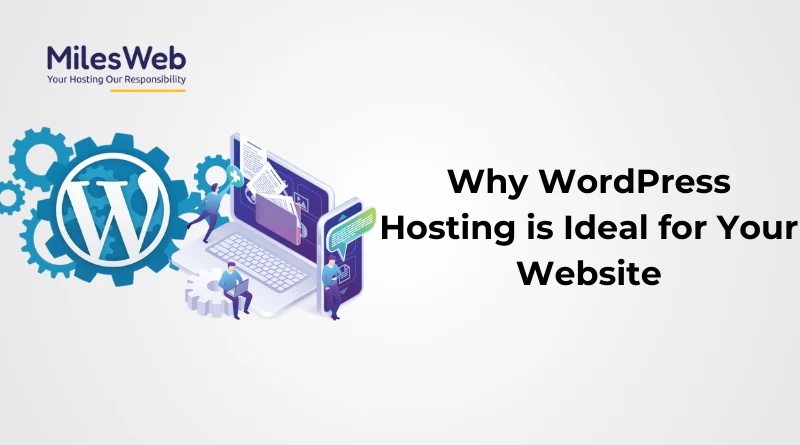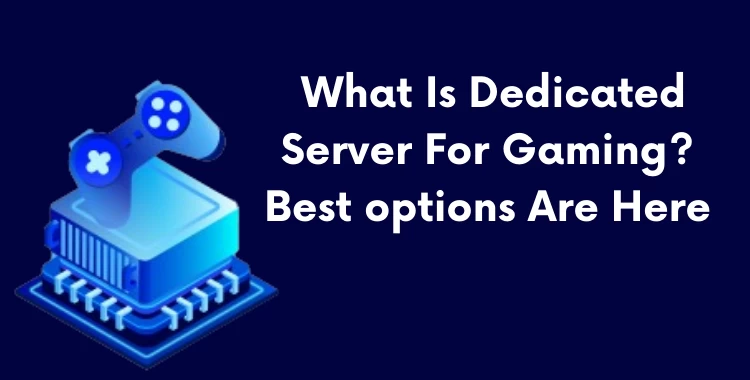Table of Contents
Businesses are constantly looking for new and innovative ways to connect with their target audience in today's digitally-focused world. For businesses to promote their brand, products, and services, digital marketing has emerged as a critical tool. With so many digital marketing platforms available, determining which one is the most effective for reaching your target audience can be difficult. In this blog post, we will look at the fastest growing digital marketing platforms as well as the factors that are driving their growth.
We will discuss the benefits and drawbacks of each platform, from social media to search engine advertising to influencer marketing, and provide recommendations for businesses looking to leverage them. So, let's take a look at which platform is the most rapidly growing digital marketing platform.Smmpanel is trustworthy if you are looking to enhance social media experience by buying social media followers.
The contenders for the fastest-growing digital marketing platform
Social media platforms:
Social media platforms have emerged as an effective tool for businesses to reach out to their target audience. Facebook, Instagram, and TikTok are the three fastest-growing social media platforms.
Facebook:
Facebook remains the most popular social media platform, with over 2.8 billion monthly active users. It is a versatile platform that enables businesses to connect with their target audiences via organic posts, paid advertising, and Facebook groups. Businesses can use Facebook Ads to target their ideal customers and reach a larger audience.
Facebook also provides analytics tools that enable businesses to track the performance of their advertisements and make changes as needed to improve their results.
Instagram:
Instagram has quickly gained popularity, with over 1 billion monthly active users. It is a visual platform where businesses can showcase their products and services using images and videos. Instagram Ads, which allows businesses to reach a larger audience and drive traffic to their website, also provides paid advertising options. Instagram's "Shop" feature also allows businesses to sell products directly on the platform, making it a popular e-commerce platform.
TikTok:
TikTok's popularity has skyrocketed in recent years, particularly among younger audiences. TikTok, which has over 1 billion monthly active users, allows businesses to create short, engaging videos to promote their products or services. The platform's algorithm allows videos to quickly go viral, giving businesses the potential for massive reach.
Search engine advertising:
Search engine advertising entails displaying advertisements on search engine results pages (SERPs) to users who are actively looking for specific products or services. Google Ads and Bing Ads are the two major players in search engine advertising.
Google Ads:
With over 3.5 billion daily searches, Google Ads, formerly Google AdWords, is the most popular search engine advertising platform. It enables companies to place advertisements on Google's search results pages, YouTube, and other websites in Google's advertising network.
Google Ads provides a variety of advertising options for businesses, including search ads, display ads, video ads, and shopping ads, making it a versatile platform.
Bing Ads:
While Bing Ads has a smaller audience than Google Ads, it can still be an effective platform for businesses. Businesses can use Bing Ads to place advertisements on Bing's search results pages, as well as Yahoo and AOL. It provides advertising options similar to Google Ads, such as search ads, display ads, and shopping ads.
Email marketing:
Email marketing entails sending marketing messages via email to a group of people. While it may not be as flashy as social media or search engine advertising, it is still a highly effective business marketing tool.
Influencer marketing:
Influencer marketing entails collaborating with individuals who have a large social media following to promote a product or service. In recent years, influencer marketing has grown in popularity, particularly among younger audiences who value authenticity and trust in their social media interactions.
Factors contributing to the growth of each platform:
Social media:
Social media platforms have experienced tremendous growth in recent years due to a variety of factors.
The rise of mobile usage:
The widespread use of smartphones and other mobile devices is a major factor driving the growth of social media. Mobile internet usage has surpassed desktop internet usage, and social media platforms have responded by optimising their platforms for mobile devices. This has made it easier for users to access social media while on the go, which has resulted in increased engagement and usage.
Increased video consumption:
Increased consumption of video content is another factor contributing to the growth of social media. Social media platforms, such as Instagram and TikTok, have evolved to include more video content, with platforms such as Instagram prioritising short-form video content.
This has increased engagement and created new opportunities for businesses to promote their products or services via video content.
Search engine advertising:
Search engine advertising has also experienced significant growth in recent years, driven by several key factors.
Increased online shopping:
The rise of e-commerce has contributed to the expansion of search engine advertising, with an increasing number of consumers using search engines to find products and services online. This has opened up new avenues for businesses to reach out to potential customers via search engine advertising.
Growing popularity of voice search:
The growing popularity of voice search is another factor driving the growth of search engine advertising. Businesses are finding new ways to optimise their search engine advertising strategies as more consumers adopt voice-enabled devices such as Amazon Alexa and Google Home.
Email marketing:
Email marketing remains a highly effective marketing tool, with several key factors contributing to its continued growth.
Personalization of emails:
The growing importance of personalization is one factor driving the growth of email marketing. Businesses can improve engagement and drive more conversions by tailoring emails to individual recipients based on their preferences and behaviours.
Automation of email marketing:
The increasing use of automation tools is another factor driving the growth of email marketing. Businesses can use automated email campaigns to send targeted, timely messages to their target audience without requiring significant manual effort.
Influencer marketing:
Influencer marketing has grown dramatically in recent years, thanks to a number of key factors.
Trust and authenticity:
The importance of trust and authenticity in today's digital landscape is one factor driving the growth of influencer marketing. Consumers are becoming increasingly sceptical of traditional advertising and are turning to influencers they perceive to be more authentic and trustworthy.
Greater reach and engagement:
The potential for increased reach and engagement is another factor driving the growth of influencer marketing. Businesses can reach new audiences and drive engagement with their brand by partnering with social media influencers who have large followings.
Advantages and disadvantages of each platform
Social media:
Advantages:
- High user engagement and potential reach
- Variety of ad formats (e.g. image, video, carousel)
- Ability to target specific demographics and interests
Disadvantages:
- High competition for attention on crowded platforms
- Limited organic reach for businesses without significant followings
- Limited control over platform algorithm changes
Search engine advertising:
Advantages:
- High intent audience searching for specific products or services
- Ability to target specific keywords and demographics
- Cost-effective compared to traditional advertising methods
Disadvantages:
- Can be expensive for competitive keywords
- Requires ongoing optimization and management
- Limited space for ad content
Email marketing:
Advantages:
- When compared to other marketing methods, it has a high ROI.
- Personalization of content and messaging
- Options for automation and segmentation for targeted campaigns
Disadvantages:
- Some recipients may regard it as spam.
- Without email list growth, there is a limited ability to reach new audiences.
- List maintenance and management must be done on an ongoing basis.
Influencer marketing:
Advantages:
- Authenticity and trust in influencer's content
- Ability to reach highly engaged and loyal audiences
- Ability to leverage influencer's creativity and expertise
Disadvantages:
- Finding the right influencer for the brand and target audience is difficult.
- Control over influencer content and messaging is limited.
- Partnerships with larger or more popular influencers come at a high cost.
Conclusion:
To summarise, each platform has its own set of benefits and drawbacks, and businesses should carefully consider their goals and target audience before deciding on a platform for their digital marketing efforts. While social media and search engine advertising have a high potential for reach and targeting, email marketing and influencer marketing provide more personalised and authentic messaging.
Businesses can make informed decisions about where to invest their digital marketing resources by understanding the factors that contribute to the growth of each platform and weighing the benefits and drawbacks.







